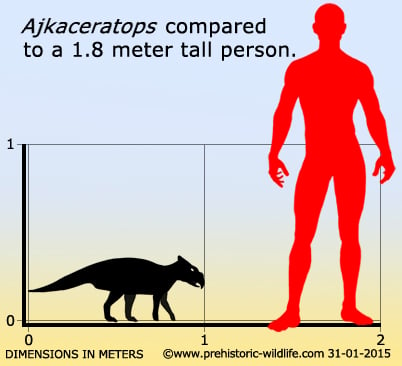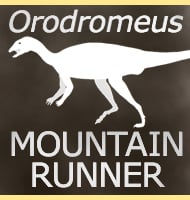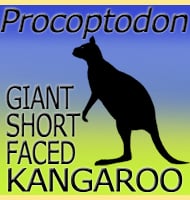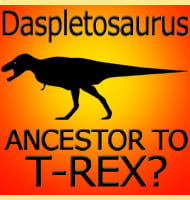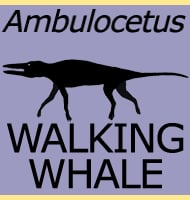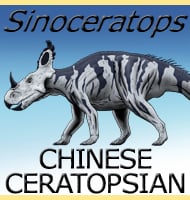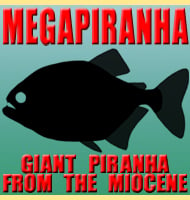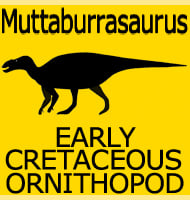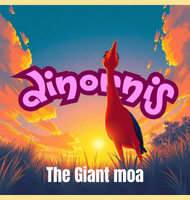In Depth
Although only named from partial skull remains representing what seems to be a small dinosaur, Ajkaceratops has been one of the most important dinosaur discoveries of the early twenty-first century; it is the first ceratopsian dinosaur definitively proven to have come from Europe. Ceratopsian dinosaurs were very common across Asia and North America during the late Cretaceous, in fact until the discovery of Ajkaceratops, these were the only places where these kinds of dinosaurs were known to live.
In terms of known features, Ajkaceratops has been considered by its describers to be most similar to Bagaceratops and Magnirostris, both known from Asia. It is probable that the ancestors of Ajkaceratops radiated out from Asia before reaching late Cretaceous Europe, which back then was more a chain of islands that a single continent. Ajkaceratops would have been a small quadrupedal dinosaur that browsed upon low growing vegetation that would have been cropped with its beak like mouth. Ajkaceratops would have loosely resembled a smaller version of the later larger ceratopsian dinosaurs like Chasmosaurus and Diabloceratops, but it would have lacked the elaborate neck frill and horn displays of these later relatives.
The Csehbanya Formation where Ajkaceratops fossils are known is believed to have been a flood plain back in the late Cretaceous. This habitat would have large expanses of fertile ground (from silt deposited by occasional floods) allowing lush low growing vegetation to flourish. An alternative explanation however might be that Ajkaceratops lived upstream in drier conditions and was simply washed down there after being caught up in a flood. If Ajkaceratops actually did live in a flood plain environment though, then it likely shared its habitat with ornithopod dinosaurs like Rhabdodon, nodosaurs like Hungarosaurus, and small theropods like Pneumatoraptor, while pterosaurs like Bakonydraco flew overhead.
Further Reading
- A Late Cretaceous ceratopsian dinosaur from Europe with Asian affinities, Attila Osi, Richard J. Butler & David B. Weishampel - 2010.
